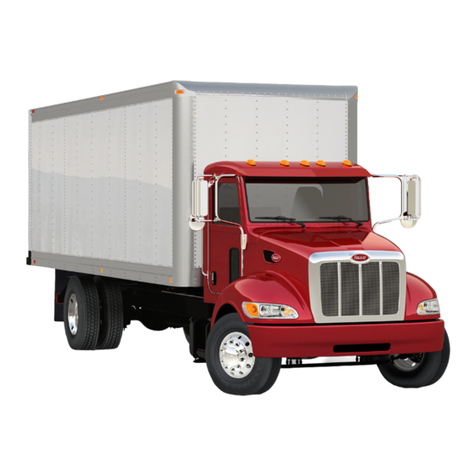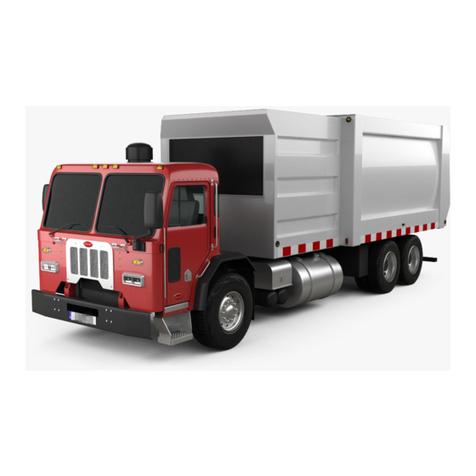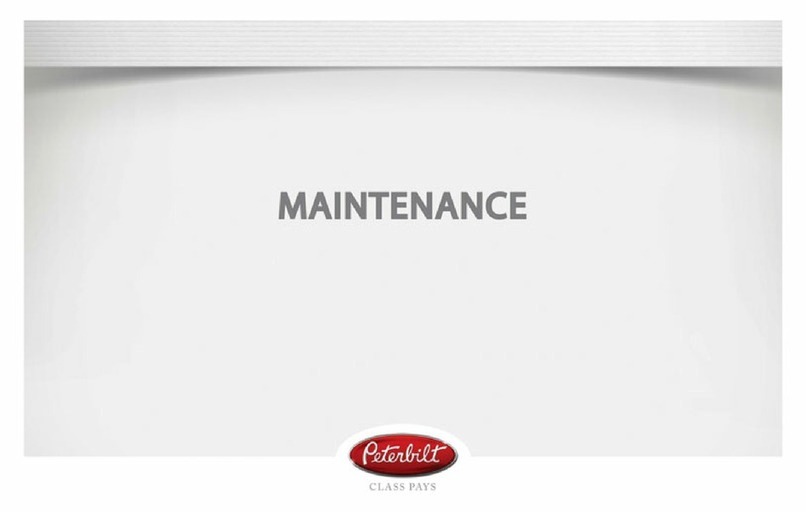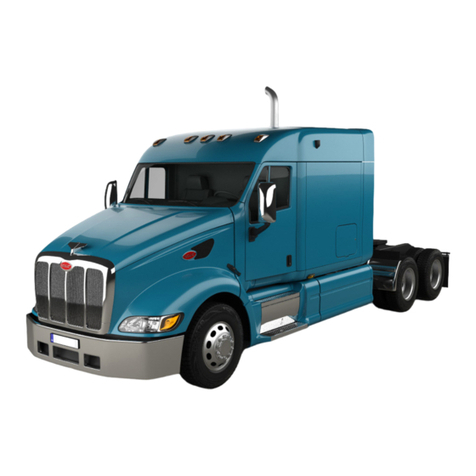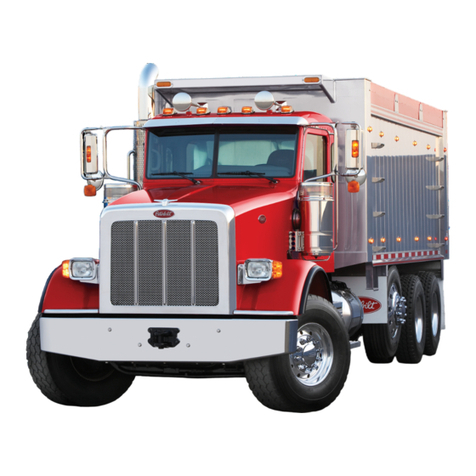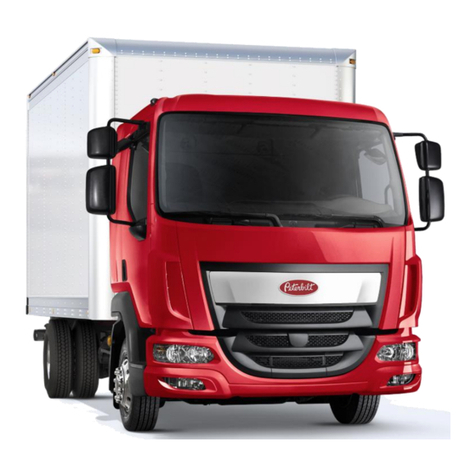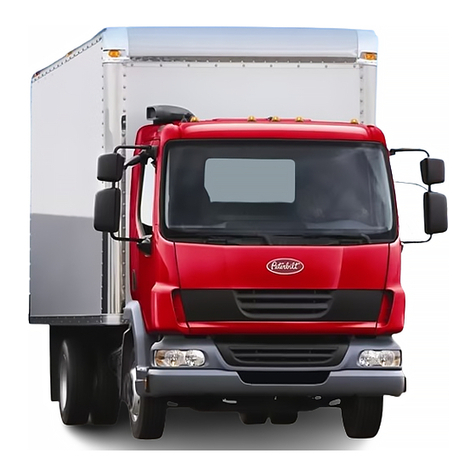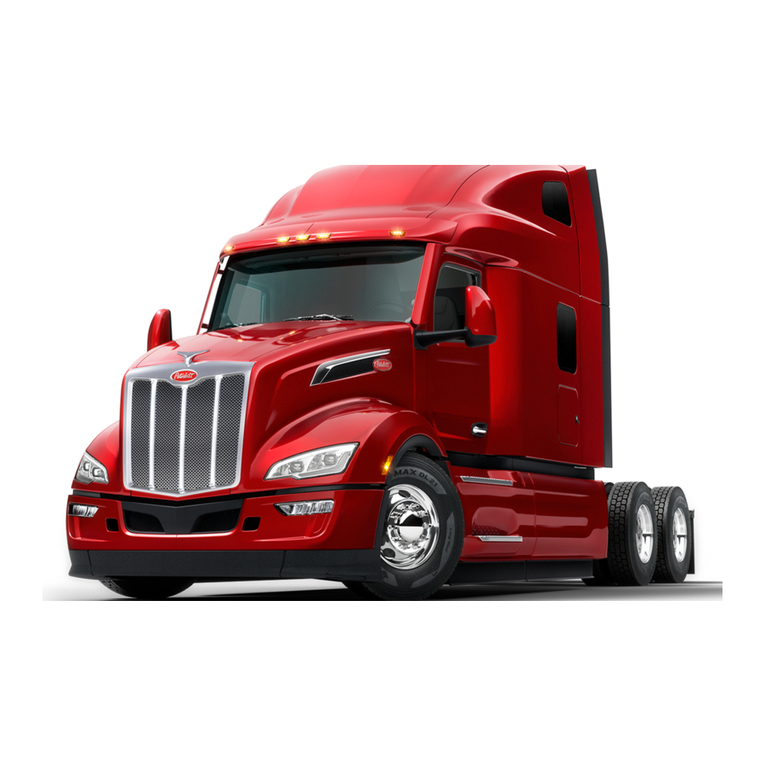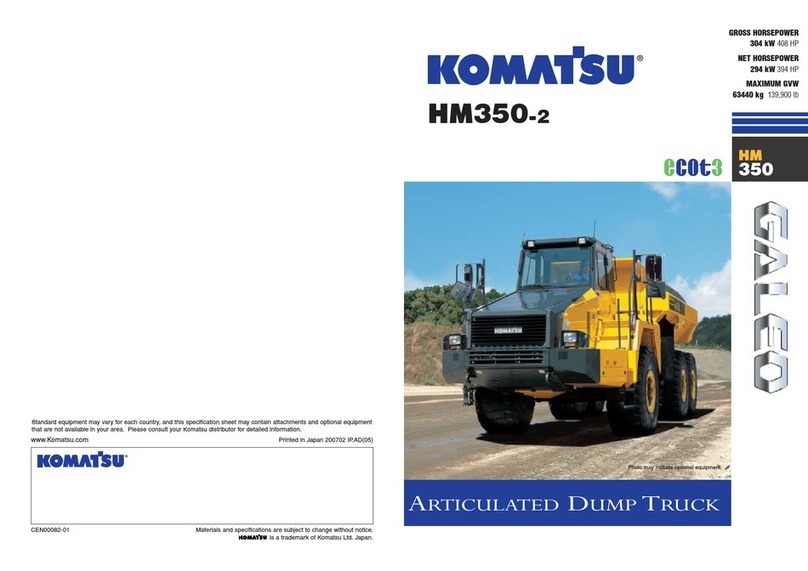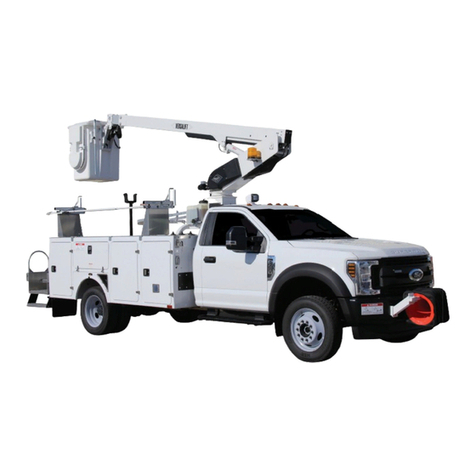
Using this Manual
Please take the time to get acquainted with
your vehicle by reading this Operator’s
Manual. We recommend that you read and
understand this manual from beginning to
end before you operate this equipment.
This manual contains useful information for
the safe and efficient operation of this
equipment. It also provides service
information, with an outline for performing
safety checks and basic preventive
maintenance inspections. We have tried to
present the information you’ll need to learn
about functions, controls, and operation—
and to present it as clearly as possible. We
hope you’ll find this manual easy to use.
NOTE
After you've read this manual, it should
be stored in the cab for convenient ref-
erence and remain with this truck
when sold.
Your vehicle may not have all the features
or options mentioned in this manual.
Therefore, you should pay careful attention
to the instructions that pertain to just your
vehicle. In addition, if your vehicle is
equipped with special equipment or options
not discussed in this manual, consult your
dealer or the manufacturer of the
equipment.
There are several tools built into this
manual to help you find what you need
quickly and easily; first is the Quick Table
of Contents. Located at the front of the
manual, this table lists the main subjects
covered and gives section numbers where
you can find these subjects. Use the Quick
Table of Contents to find information on a
large subject and then use the detailed
table of contents found on the first page of
each chapter. Cross-referenced citations
also help you get the information you need.
If some other part of the manual contains
further information on the subject you are
reading about, we’ll indicate that in a cross-
reference like this: (See Safety Alerts on
page 6).
Finally, you’ll find a helpful Subject Index.
It’s in the back of the manual and
alphabetically lists the subjects covered. All
information contained in this manual is
based on the latest production information
available at the time of publication. Peterbilt
Motors Company reserves the right to
make changes at any time without notice.
Safety Alerts
Read and follow all of the safety alerts
contained in this manual. They are there for
your protection and information. These
alerts can help you avoid injury to yourself,
your passengers, and help prevent costly
damage to the vehicle. Safety alerts are
highlighted by safety alert symbols and
signal words such as “WARNING,”
“CAUTION,” or “NOTE.” DO NOT ignore
any of these alerts.
SAFETY - Using this Manual
6Y53-6113-1A1 (11/20)
1

